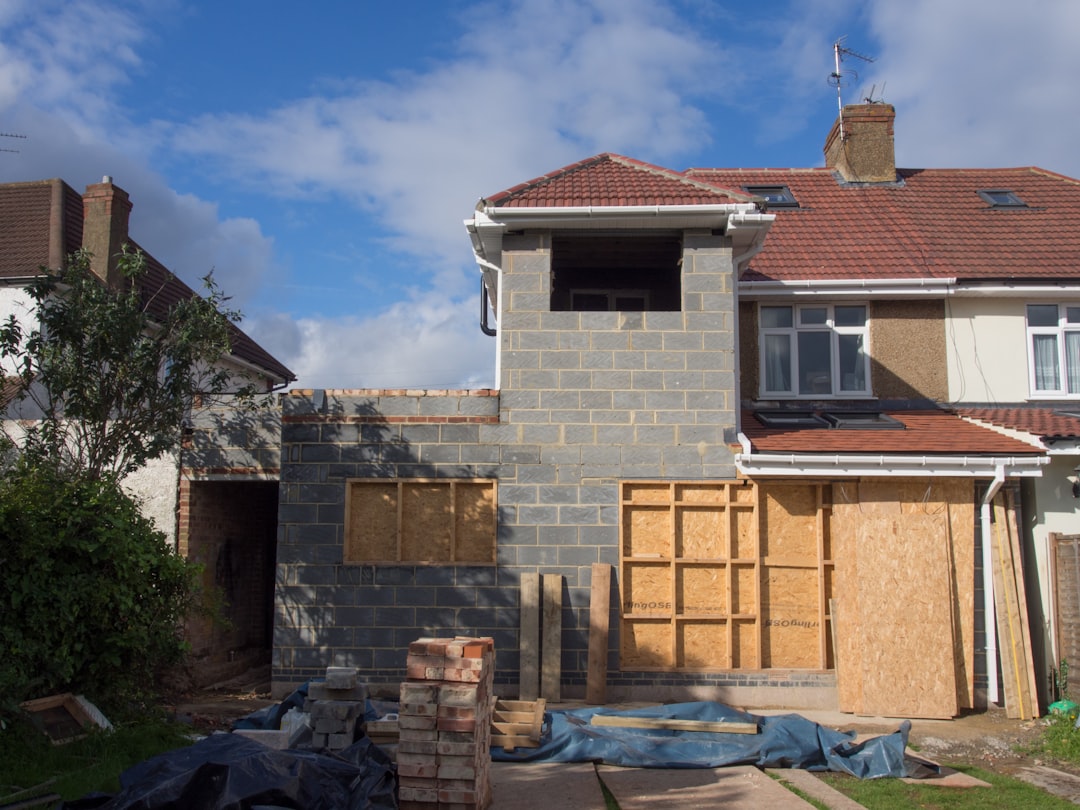
For professional contractors, accurately estimating the cost of home insulation is crucial. In 2025, the cost to insulate a home is impacted by factors like material selection, labor rates, and local building regulations. Staying informed about current supplier pricing and wage trends will help you produce reliable estimates. Typical costs for insulation materials can range significantly based on these variables, with important figures like $1.75 - $3.25 per square foot for attic blow-in fiberglass.
| Material | Cost per Square Foot |
|---|---|
| Attic Blow-In Fiberglass | $1.75 - $3.25 |
| Cavity Wall Cellulose | $2.50 - $4.10 |
| Closed-Cell Spray Foam | $4.50 - $7.00 (installed thickness 2" min) |
This pricing includes standard preparation, materials, and installation labor. Variations may indicate additional requirements such as specialized access or advanced vapor barriers.
Labor can account for 35-50% of total insulation expenses. Historic buildings, like those in Los Angeles, often require detailed labor work compared to newer structures, which benefit from more streamlined processes.
Choosing high-efficiency insulation can lead to energy savings of 15-20%, offsetting initial costs and enhancing overall investment value.
Beware of hidden costs such as removal of existing insulation, HVAC modifications, and required permits.
Utilize digital project management tools to effectively schedule and coordinate crews and deliveries, ensuring smooth operations.

A Silver Lake bungalow achieved energy efficiency upgrades through comprehensive insulation practices. Using advanced digital tools, contractors quickly generated detailed proposals, delineating precise material and cost structures.
Materials were efficiently ordered and delivered through connected systems, coordinated using digital project management platforms.
The bungalow’s energy costs were significantly reduced, enhancing client satisfaction and fostering ongoing business opportunities for the contractor.